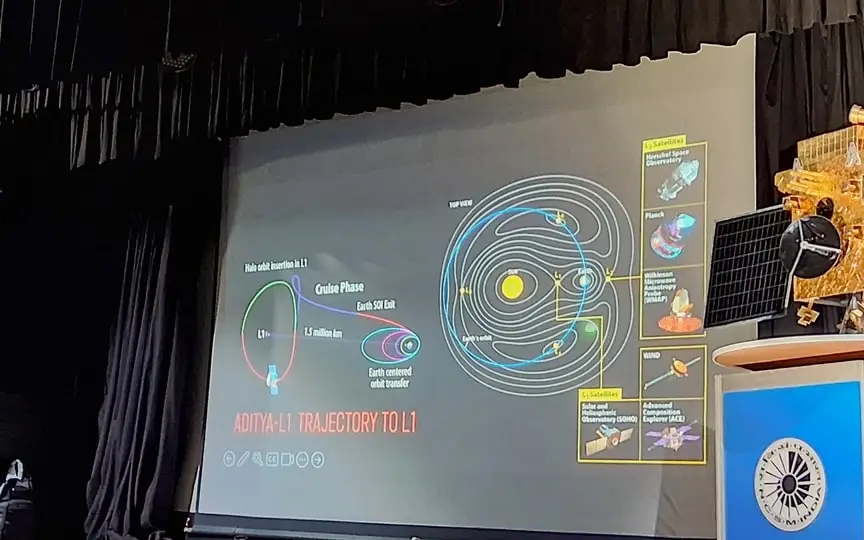Exploring the Differences Between ISRO’s Aditya-L1 Mission and NASA’s Parker Solar Probe
The Indian Space Research Organization successfully initiated its inaugural Sun-studying endeavor, known as the Aditya-L1 mission, on September 2, 2023. The primary goals of this project involve positioning the spacecraft at the L1 point, approximately 1.5 million kilometers away from Earth, to maintain an uninterrupted observation of the Sun. In contrast, NASA’s Parker Solar Probe, launched on August 12, 2018, has been venturing remarkably close to the Sun.
Aditya-L1 mission vs Parker Solar Probe
ISRO’s Aditya-L1 mission is India’s first solar exploration mission and is expected to operate for at least five years. It enters a halo orbit around the Lagrange point 1 (L1) of the Sun-Earth system, located about 1.5 million kilometers from Earth.
NASA’s Parker Solar Probe is a very fast spacecraft that travels up to 430,000 miles per hour. In September 2023, it became the fastest man-made object of all time, reaching 394,736 miles per hour.
Location of spaceships
The Aditya-L1 spacecraft will enter a large orbit around the Sun-Earth Lagrange Point L1, approximately 1.5 million kilometers from Earth. At this point, the gravitational forces between the Sun and the Earth are balanced.
The Parker Solar Probe will get much, much closer to the Sun, only about 3.9 million miles away. It completes 24 orbits around it in seven years.
Objectives of Aditya-L1 Mission
The goals of the Aditya-L1 mission are to study the photosphere, chromosphere and the Sun’s outer layers (corona). Aditya-L1 aims to understand things like coronal heating, coronal mass removal and space weather dynamics.
Parker Solar Probe targets
Parker Solar Probe is the first spacecraft to venture into the Sun’s corona. It studies magnetic fields, plasma, energetic particles and the solar wind to understand its origin and evolution.
Instruments for studying the sun with Aditya-L1 and Parker Solar Probe
The Aditya-L1 spacecraft carries 7 instruments:
1. Visible Emission Line Coronagraph (VELC) for studying solar corona and coronal mass ejections.
2. Solar Ultraviolet Imaging Telescope (SUIT) for imaging the sun’s photosphere and chromosphere.
3. Solar Low Energy X-ray Spectrometer (SoLEXS) for solar X-ray flares.
4. High Energy L1 orbital X-ray spectrometer (HEL1OS) for X-ray flares.
5. Aditya Solar Wind Particle Experiment (ASPEX) to study the solar wind.
6. Plasma Analyzer Package for Aditya (PAPA) for studying solar wind and energetic ions.
7. Advanced three-axis high-resolution digital magnetometers for measuring interplanetary magnetic fields at the L1 point.
The Parker Solar Probe has 4 instruments:
1. The Fields Experiment (FIELDS) measures electric and magnetic fields in the solar corona and solar wind.
2. Integrated Science Investigation of the Sun (ISʘIS) measures plasma and dust in the solar corona and solar wind.
3. The Wide Field Imager for Solar Probe (WISPR) measures the composition and energy of solar wind particles.
4. Solar Wind Electrons Alphas and Protons (SWEAP) takes pictures of the solar corona and solar wind.
In fact, there are differences between the Aditya-L1 mission and the Parker Solar probe, and both ISRO and NASA are looking at different goals, but the ultimate goal is the same, which is to study and understand the Sun better.




